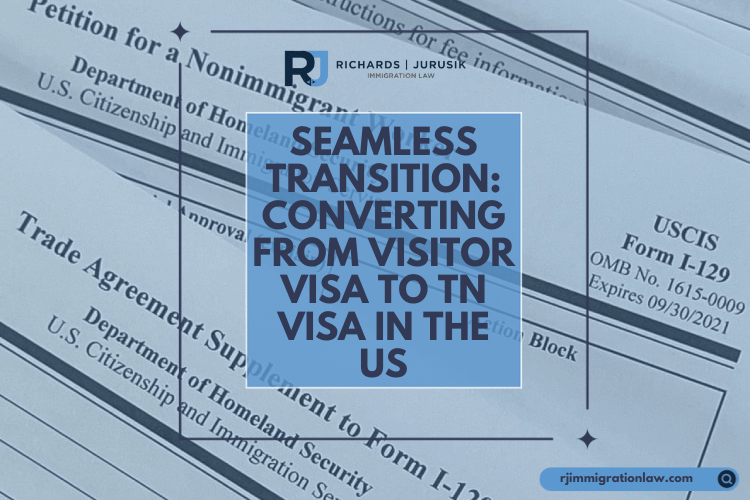Securing a U.S. Green Card through the EB-1-C category is a significant opportunity for executives and managers involved in international business transfers. This pathway is designed for individuals who have been employed abroad in a high-level role within a company and are being transferred to the United States to continue their work in a similar capacity. It’s a favored route for entrepreneurs and business leaders seeking to establish a permanent base in the U.S. Here’s a closer look at the EB-1-C visa process, its requirements, and its benefits.
Overview of the EB-1-C Immigrant Visa
The EB-1-C visa category is tailored for top-tier employees who have shown exceptional leadership and management skills in a business setting outside the U.S. and are now poised to bring their expertise to a U.S. branch, subsidiary, or affiliate of their company. This Green Card option is appealing because it typically doesn’t face the quota backlogs seen in other employment-based preference categories, offering a relatively smooth path to permanent residency.
Key Requirements for EB-1-C Eligibility
To be considered for an EB-1-C visa, applicants must meet several criteria:
- International Employment: The applicant must have worked for at least one year within the three years preceding their application or their last entry into the U.S. for a company abroad that has a legal and qualifying relationship with the U.S. company they are transferring to.
- Managerial or Executive Role: The position held abroad and in the U.S. must be at the executive or managerial level, indicating significant authority and responsibility.
- Ongoing Business Operations: The foreign company must remain operational and maintain a qualifying relationship with the U.S. petitioner at the time of the application.
- U.S. Company Requirements: The U.S. employer must have been in business for at least one year and be able to support the immigrant’s position financially.
The Application Process
Applicants begin by filing Form I-140 with USCIS. If already in the U.S. on a valid nonimmigrant visa, they may concurrently file Form I-485 for adjustment of status, depending on visa availability. Those outside the U.S. must await I-140 approval before proceeding with consular processing. Notably, EB-1-C does not offer premium processing, and timelines vary widely.
The L-1A Visa: A Stepping Stone to EB-1-C
Many choose the L-1A nonimmigrant visa as a preliminary step to entering the U.S. before applying for the EB-1-C. The L-1A facilitates the transfer of key employees to establish or support U.S. operations, offering a faster move with options for initial setup and family relocation.
Distinctions and Advantages of the L-1A Visa
- Flexibility in Role: Employment abroad under L-1A can be in a managerial, executive, or specialized knowledge capacity, though the latter may complicate a subsequent EB-1-C application.
- Premium Processing Availability: Unlike EB-1-C, L-1A applications can opt for premium processing, significantly speeding up the visa appointment and approval process.
- Start-up Opportunities: L-1A is particularly useful for establishing new U.S. entities, providing a viable path for entrepreneurs looking to expand their business footprint into the U.S.
Start-ups and New Office Petitions
The “new office” L-1A visa is for entrepreneurs aiming to launch U.S. operations. It requires proof of a physical office space, a detailed business plan, and a projection that the business will support an executive or managerial position within one year. Successful new office L-1A holders can then transition to an EB-1-C Green Card to cement their and their family’s presence in the U.S.
Conclusion
For international executives and managers, the EB-1-C offers a prestigious avenue to U.S. permanent residency, bypassing some of the more tedious and time-consuming hurdles in other immigration pathways. Coupled with the strategic use of the L-1A visa for initial entry and business establishment, the EB-1-C visa embodies a powerful strategy for global entrepreneurs and business leaders aiming to expand their operations and lay down roots in the United States.
Subscribe to Our Resources Blog
Schedule a Consultation with an Immigration Lawyer
Citations
We Can Help!
You may have questions regarding the L1 visa and EB1C green card requirements. We invite you to contact our team at Richards and Jurusik for detailed guidance and assistance. We aim to provide the most accurate and up-to-date information to make your immigration process smoother and less stressful. The immigration lawyers at Richards and Jurusik have decades of experience helping people to work and live in the United States. Read some of our hundreds of 5-star client reviews! Contact us today to assess your legal situation.







